Perhaps the biggest question we all have when designing components to be fabricated for Motorsport is will it be strong enough? In a perfect world, we would all be CAD wizards who can draw up what we need, dial in the forces that it’s designed to withstand and maybe add in a safety factor of 2 just in case.
Although this wizardry exists it’s rare to find it on most garage floors where the real action happens. This is where we need to think about a few key factors that relate to the materials, tools and processes you have access to.
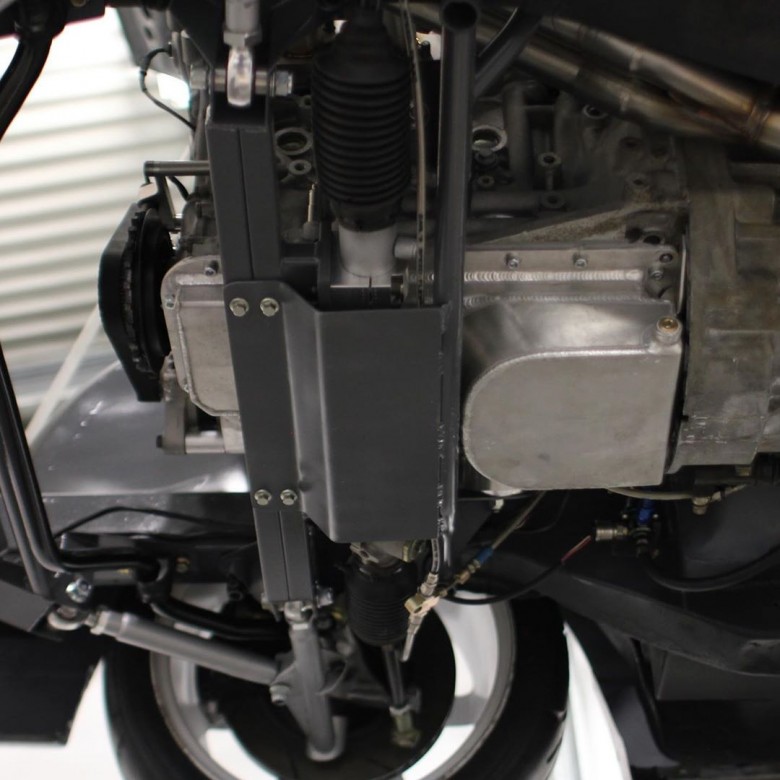
In the Motorsport Fabrication Fundamentals course we went through these materials and processes but let’s take a look at these components I made to suit my Nissan S13 Silvia.
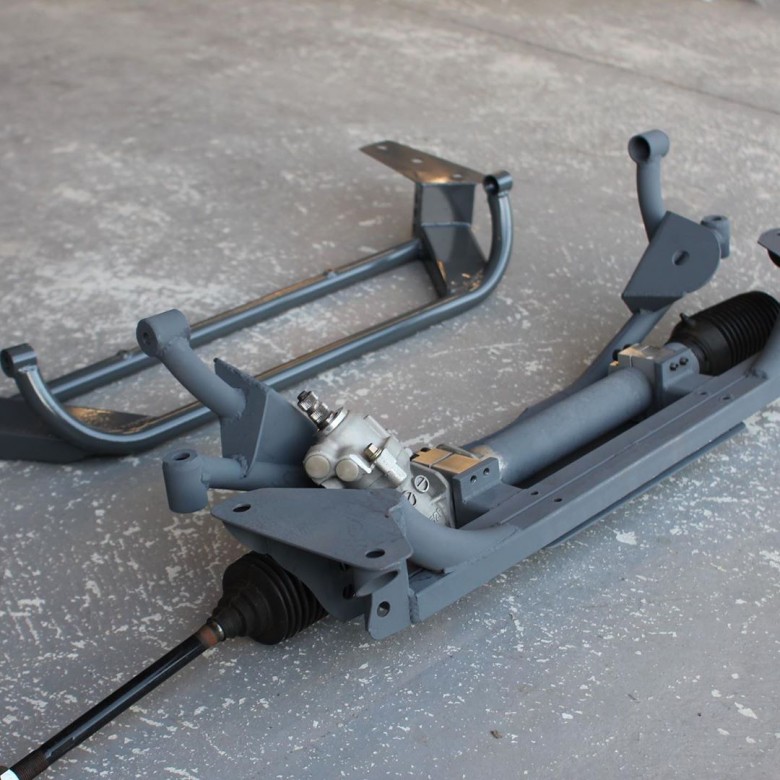
This series of photos depicts both the engine cross member and the caster rod brace. The engine cross member uses two 25x25mm x 1.6mm thick mild steel square hollow section (SHS) tubes that span the width of the chassis rails and brace the hight adjustable lower control arm mounting points. Behind that lies the steering rack and the actual engine is then mounted to another cross member that sits the motor further rearward than it normally would.
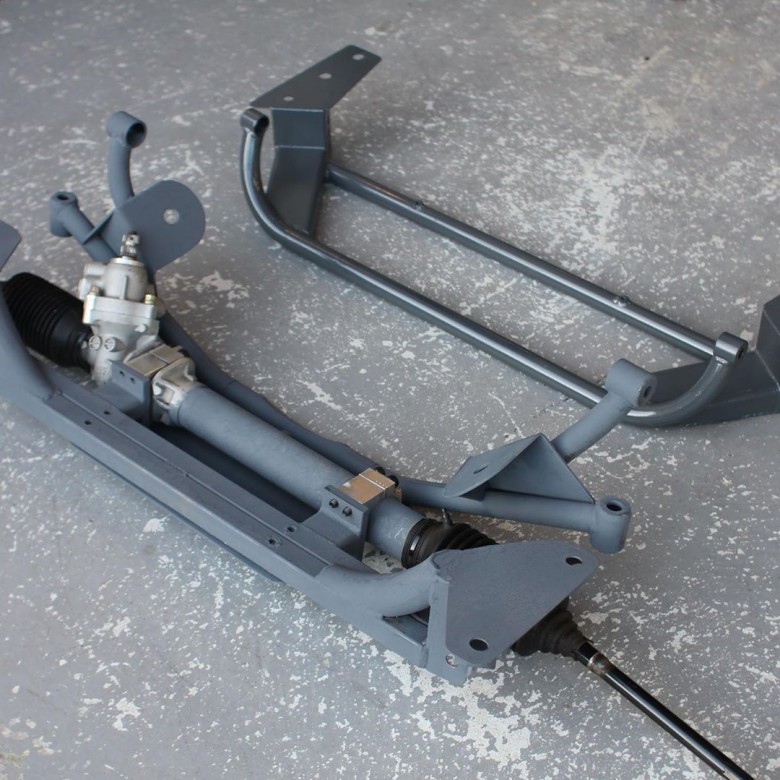
The caster rod mount (known in the S chassis world as a power brace) is made from 2.5mm mild steel sheet metal and braced with some 25mm x 1.2 Chromoly tube.
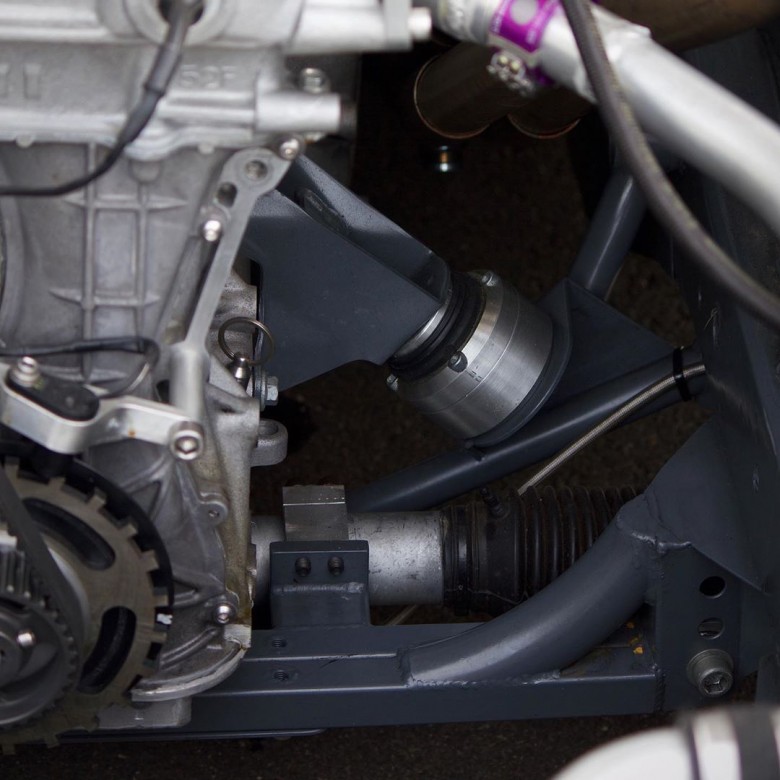
Strength in metal has a lot to do with its shape, using square or round hollow sections reduces the need for heavy wall thicknesses and maintains the rigid and lightweight characteristics that we all look for in Motorsport.
Want to get started building your own motorsport fabrication skills? Check out the next free, live lesson.
![How Strong Is Strong Enough? | ETS [TECH NUGGET]](/assets/Uploads/blog-posts/248f2663b2/etsfab_120288202_321597655802839_2142515598405646717_n-v2__FillWzc4MCw0MzBd.jpg)
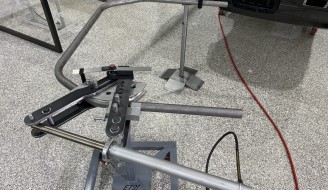
![S15 Roll Cage Completion, New Tools and More | Today At ETS [#UPDATE 007]](/assets/Uploads/blog-posts/1054bd779f/engineeredtoslide_164102057_244467224077235_4705884765943523367_n__FillWzMyOCwxOTBd.jpg)
Comments
No one has commented on this page yet.